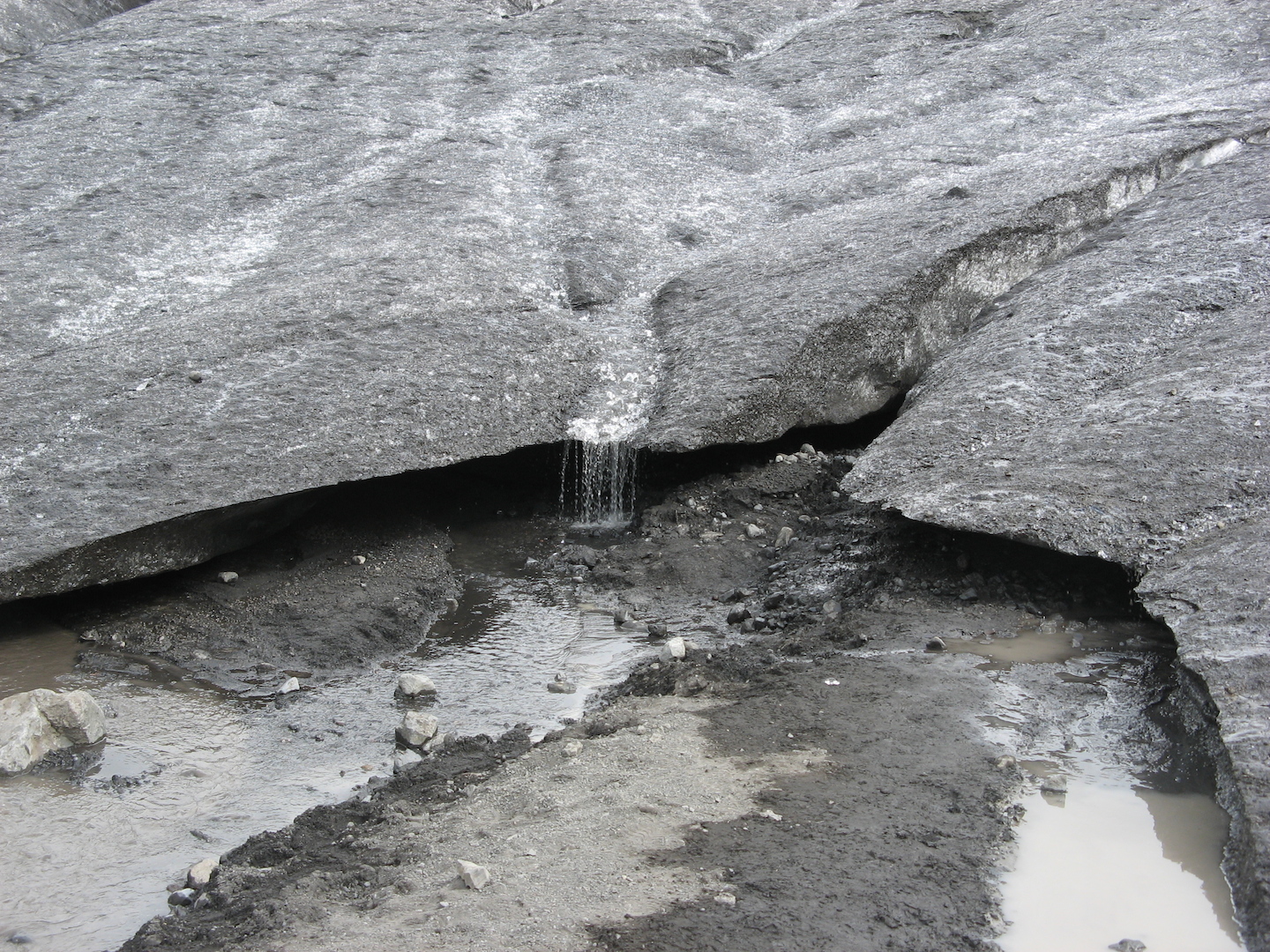The future of the drought crisis in California may depend on an unlikely factor — dust.
The impact of dust on precipitation and water retention in the ground is mixed, which leaves scientists largely uncertain of whether it will benefit or worsen conditions in the torrid land. Unpacking the effects of dust could prove vital as California confronts its current drought conditions.

Some researchers fear that the state’s accumulating dust will only escalate the drought problem. Most of California’s water supply begins as snow in the Sierra Nevada Mountains before it melts and seeps into reservoirs. As the state gets drier, dust accumulates on the snow, darkening its surface and accelerating the melting process — dark surfaces more effectively capture heat energy from the sun. By the estimates of Thomas Painter, a NASA snow hydrologist, this discoloration could cause the snow to melt as many as 25 days earlier than it normally would.
Instead of replenishing California’s dwindling water supply in the hot summer months, Painter has found that this earlier snowmelt causes runoff to occur in the spring, when the reservoirs are already mostly full from winter rains.
Other scientists hope that the dust will increase precipitation. Kim Prather, an atmospheric climatologist at the University of California, San Diego, has found that dust induces water vapor to condense, form clouds, and increase rainfall or snowfall. This process, known as cloud seeding, increases rain and snowfall by up to 40 percent.
Although it is not yet clear whether dust is improving or devastating California’s drought crisis, researchers know that the situation is getting more urgent every day. Understanding the dual effects of dust on drought are important in working towards these solutions to restore the parched and drying land.

